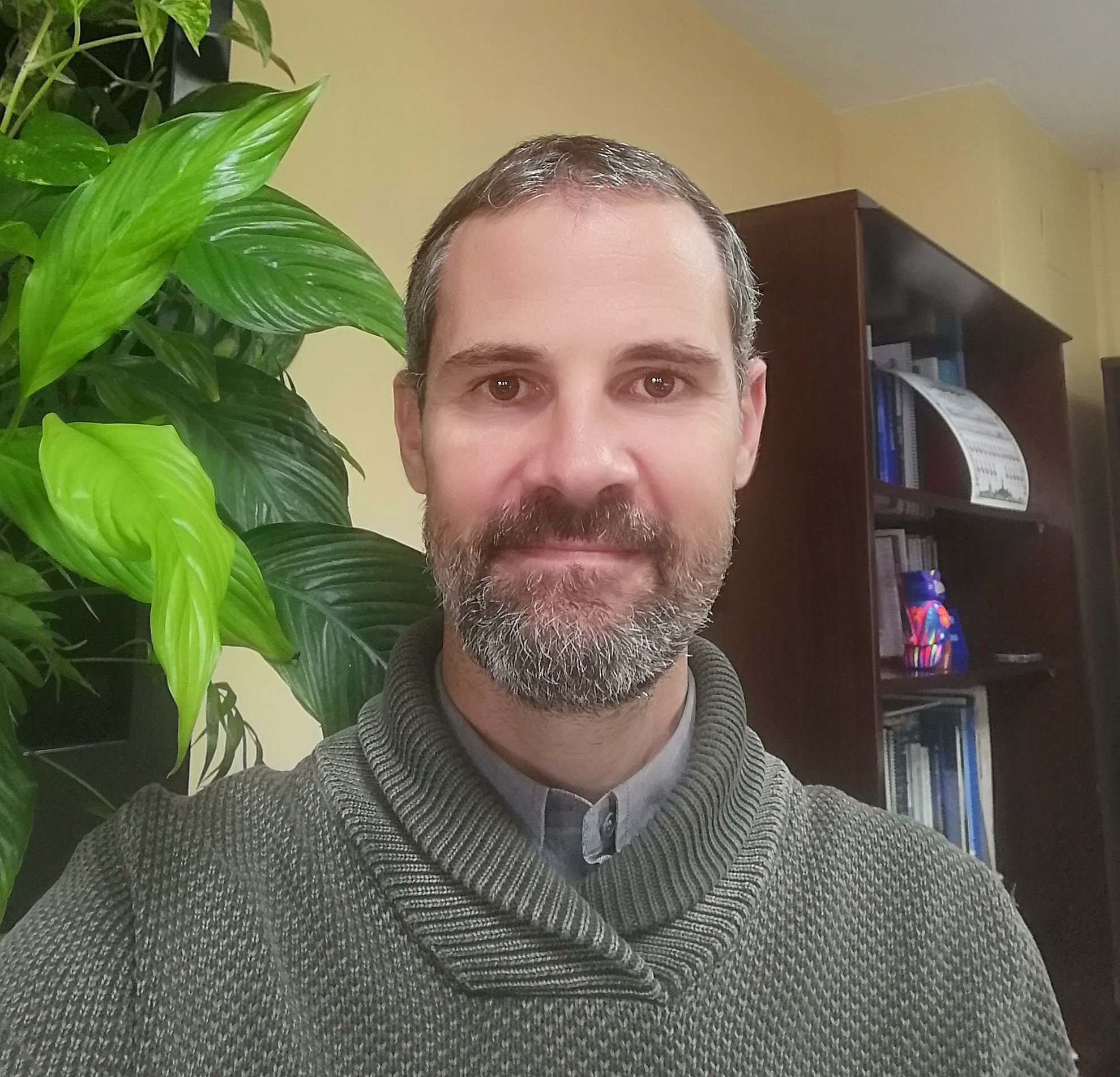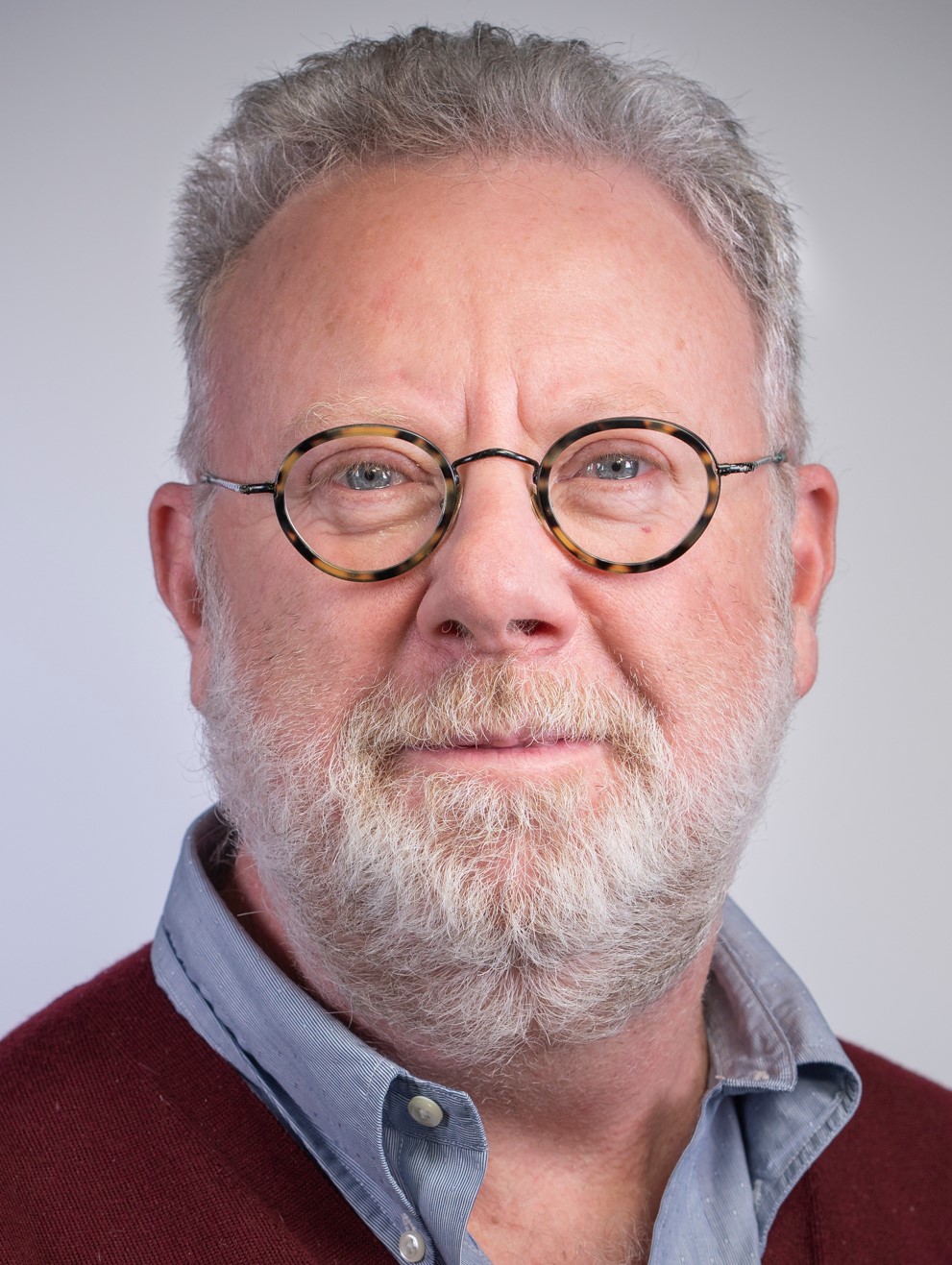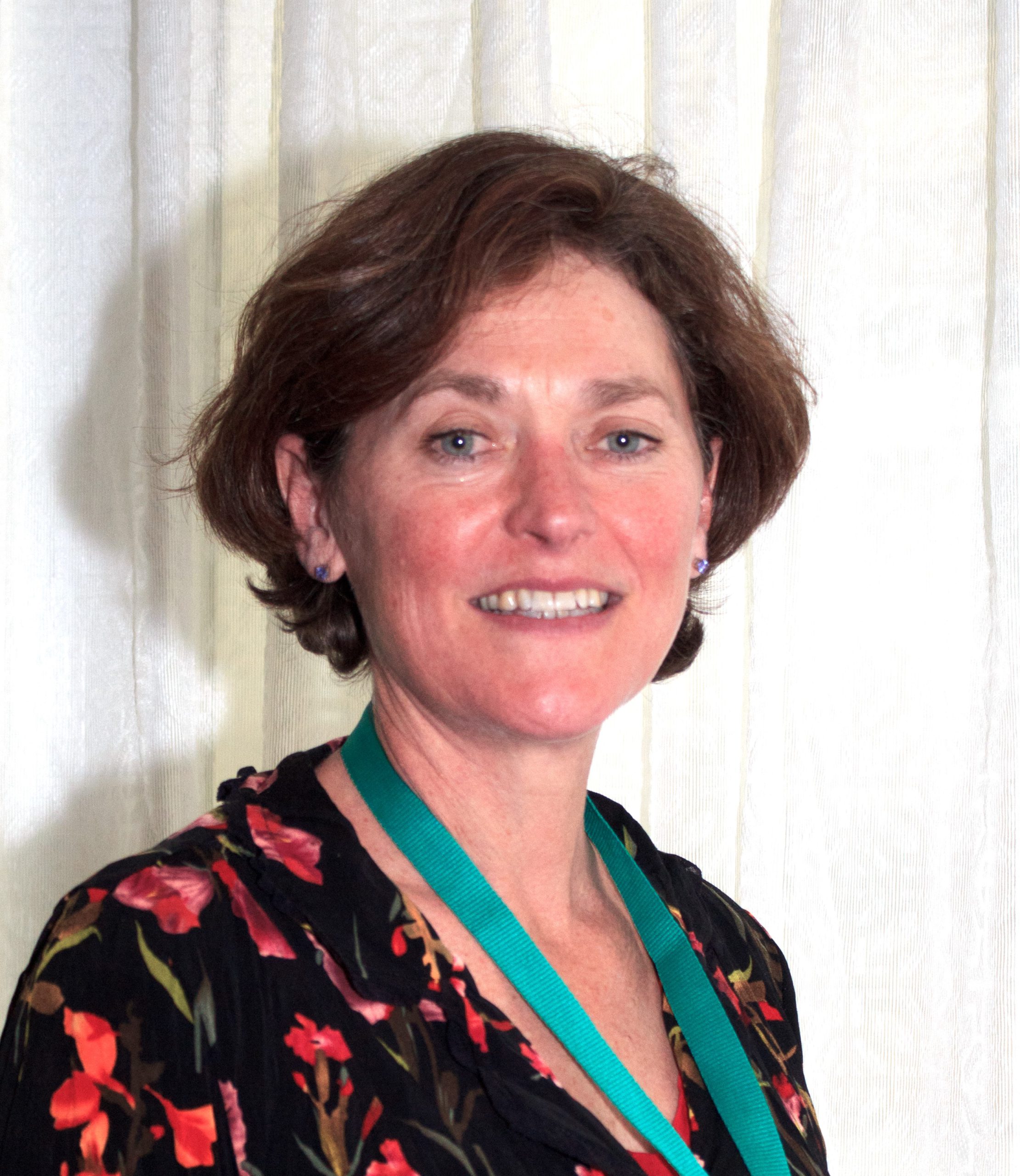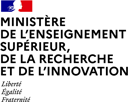II INTERNATIONAL SYMPOSIUM ON GREENER CITIES : IMPROVING ECOSYSTEM SERVICES IN A CLIMATE-CHANGING WORLD (GREENCITIES2022)





François Lassalle, France ; Sabre Meava Sabre, France ; Bernard de Gouvello, France ; Camille Dumat, France ; Frédéric Madre, France ; Lionel Sindt, France ; Giuseppina Pennisi, Italy ; Luis Pérez Urrestarazu , Spain ; Rafael Fernández Cañero, Spain ; Panayiotis A. Nektarios , Greece ; Gabriela Rosa Facciuto , Argentina ; Francine Lorena Cuquel, Brazil ; Markilla Zunete Beckmann Cavalcante, Brazil ; Patricia Duarte de Oliveira Paiva, Brazil
According to UN, 70 % of the world population will be living in urban areas by 2050. Today, this ratio is about 55 %. There will be on Earth 43 megalopoles with more than 10 million people, most of them in emerging countries. In 2021, Tokyo’ area counts already 37 million peoples, New Delhi 29 million, Shanghai 26 million, Mexico and São Paulo, 22 million each. The upcoming rise of urbanization cannot be achieved without challenges, like natural resources allocation (water, energy, space), living environment, city planning and citizen interactions.
Greening cities as well as greening buildings and infrastructures is already an important tool for stakeholders like urban planners, architects, landscapers. And the role of green in the cities, building and infrastructure may be critical in the future. Many scientific publications have shown the positive impact of vegetation: climate change mitigation, rainwater management, biodiversity, enhancing social links… Numerous publications also show that a multidisciplinary approach is compulsory and a holistic method required.
This symposium will be dedicated to Green Cities, Green buildings and Green Infrastructures, to cross points of views, approaches, ideas, experiences, and to find together new paths to improve the quality of life in urban areas. It will be a unique opportunity!
The following topics will be developed during the symposium:
• How to grow plants in Greener Cities ?
- Sub Topic: Agronomy/growing media in urban context: Carbon foot print and long-term evolution of growing media and soil used in green infrastructures; Irrigation management and water use (when and why is it necessary? what origin of water in cities: grey, rain, other? advantages for urban vegetation climate)
- Sub Topic: plant species adaptation to urban conditions: How to choose the right species, depending on requirements and environment characteristics? How multispecies plantations are enhancing biodiversity ? ; Natives species : role, interest, limits ; Building and network damages dues to grown species,….
- Sub topic: Interest, innovation an difficulties of vegetation system in green infrastructures: Living walls and climbing plants ; Extensive Green roofs vs intensives Green Roof ; ….
• Ecosystem services and multi-functionality in Green Cities : Air purification (CO2, micro particles- Nox, others pollutants) ; Noise reducing, Biodiversity ; mitigation of climate change effect ; Resilience ; Human health (including mental health) ; Social links enhanced by Green Cities ; Sociological aspects ; …
• Green Cities in the World: How to create and manage Green cities in Nothern and Southern countries, under tropical/subtropical/Mediterranean climates or in cold climates: technologies used, local and historical methods, technology transfers, costs/benefits of green infrastructures, case studies ….
• Innovation /new ways to Greener Cities: Biomimetism/Nature Based Solutions; Case of industrial sites and infrastructures (higway, rail road, pipelines): greening as a solution to avoid chemical pesticides? ; Living architecture using trees as a part of a building ; Green buildings and smart cities ?....
• How to enhance Greener Cities? Building renewal: technical and regulatory possibilities; Green certifications (Leed, DGNB, BREEAM, HQE, LBC, CASBEE…) and vegetation importance in these labels; limitations and advantages of regulations, norms and public policies.
If you need help for your abstract please contact :
HOW TO PREPARE ABSTRACTS AND PAPERS SUBMIT YOUR ABSTRACTS







